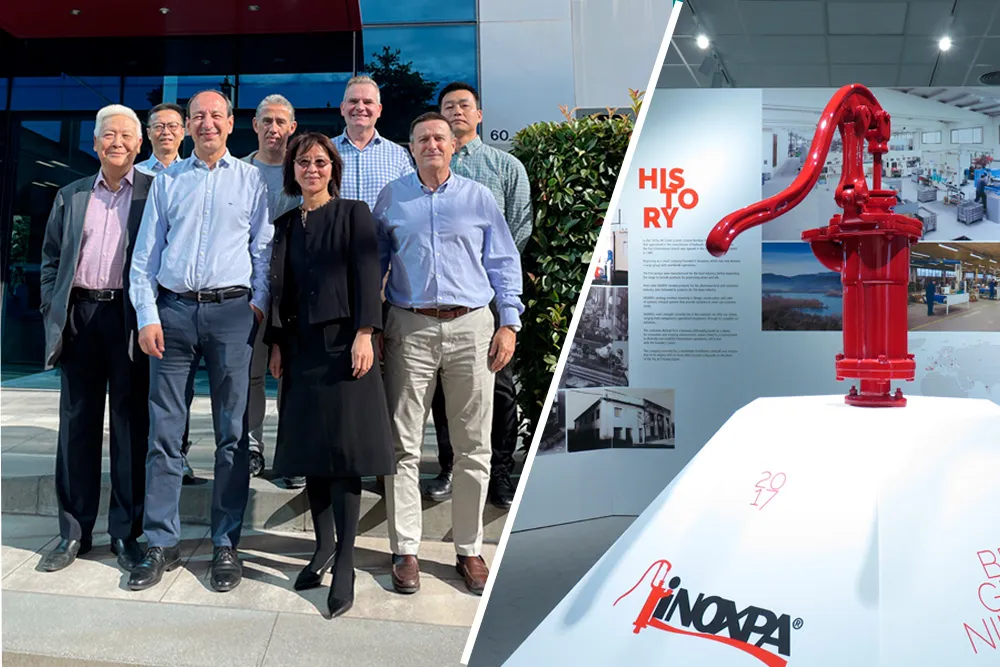Methods of detection of adulteration of milk
16/05/2013
|
Nature of Chemical / Adulterants |
Name of Adulterant |
Purpose |
|
Carbohydrate |
Sucrose, Glucose, Starch, Maltodextrin |
|
|
Salts and fertilizers |
Urea, Ammonium sulphate, NaCl etc |
|
|
neutralizers |
NaOH, Na2CO3, NaHCO3 |
|
|
Preservatives |
Hydrogen peroxide formalin, boric acid etc |
|
|
Detergents |
Liquid detergents, washing powders etc |
|
|
water |
Water, pond water |
|
|
Extraneous fat/oil |
Vegetable fat/oils/refined oil |
|
|
Miscellaneous |
Soya milk, cheese whey, synthetic milk |
|
In the past the menace of adulteration has assumed serious proportions as highlighted by many media reports as well as by the report of food safety and standard authority of India ( FSSAI). Although India is the largest milk producer in the world with 121 million metric ton of milk production per annum, the scarcity of milk is felt during lean season and festive days. Media reports indicate the adulteration of milk with milk like preparations.Recently a systematic approach has been adapted at NDRI and all the adulteration detection methods have been validated and their limit of detection has been established. NDRI is working proactively for developing various analytical techniques and simpler methodology for the detection of adulteration in milk products.Although other methods exist for decoration of common adulteration of milk, every dairy industry in India does not use these methods at reception dock. For avoiding hassle of kits for detection of adulterants are now manufactured and are now commercially available. This is eliminating the requirements of skilled persons and the test are increasingly applied at household level. Recently at NDRI, two methods were developed for qualitative detection of detergent in milk viz. Paper chromatographic method which is based on complexing of anionic detergent with methyl blue dye and separation of complex from free dye using simple paper chromatographic method. Since complexing of detergent is with the dye, the visualization is direct. The second method is called Dye-detergent complex extraction method. This test can detect will brands of detergents available in the market . Although other methods exist for decoration of common adulteration of milk, every dairy industry in India does not use these methods at reception dock. For avoiding hassle of kits for detection of adulterants are now manufactured and are now commercially available. This is eliminating the requirements of skilled persons and the test are increasingly applied at household level.
Source : Indian Dairyman
Other news
-
 10/04/2024
10/04/2024INOXPA CHINA
INOXPA has completed the acquisition of YRP Flow Technology, our current component distributor, and Process Partners, engineering company
-
 22/03/2024
22/03/2024New INNOVA single seat valves
INOXPA is launching a new range of single seat valves with significant design and feature innovations and improvements.
Valves and fittings -
 31/01/2024
31/01/2024New plant in France
INOXPA inaugurated a new plant in France, facilitating an increase in engineering capacity, conducting FAT tests and equipment tests in the pilot plant.




